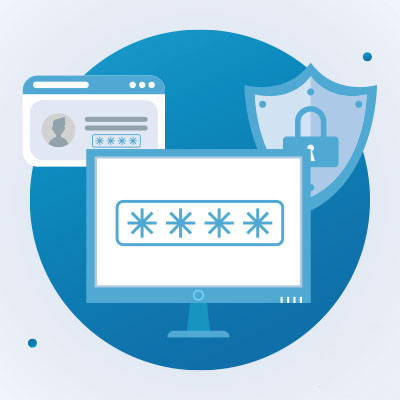Is your business’ technology hindering your employees, or is it making their jobs easier and more efficient? The right technology can go a long way toward improving the employee experience, morale, company culture, and most important of all, productivity. Let’s look at three ways technology makes for a better employee experience.
Global Tech Solutions Blog
While hiring anyone to work in your business offers an assortment of challenges to overcome, it’s especially complicated when that hire’s role involves managing your IT. Technology is a complex subject, after all, and your expertise more than likely lies elsewhere in your organization’s needs. This knowledge gap could lead to the wrong fit being brought on… an expensive endeavor in more ways than one.
When it comes to your technology, can you honestly say you have a plan? Or do you just pick things up that you think you need without a second thought? If your business doesn’t take technology acquisitions seriously, you’re setting yourself up for failure—and that’s where an IT roadmap presents a ton of value.
Even though it’s incredibly helpful, technology can be frustrating—sometimes to an absurd degree. Businesses can’t function without it, so they have to learn to live with it, but it doesn’t have to be hard. You can develop some habits by using these tricks to reduce some of the friction in your workday.
Artificial intelligence has consumed the zeitgeist and isn’t letting go anytime soon. Businesses can leverage this trend in technology to great effect, provided they can get over how intimidating some of the more complicated use cases of AI can be. That said, there are plenty of easy ways to leverage AI, even for small and medium-sized businesses.
While you want to believe the best of your business, including your IT staff, it’s important to recognize when they’ve reached their limit regarding knowledge and workload. To combat these limitations, you can work with an outsourced IT provider. Combining the two can help you meet your business’ technology needs.
Cybersecurity is one of those things everyone in a workplace should know about, no matter their role. But here’s the problem—turns out, a lot of people don’t.
A recent survey in the UK found that about one in three adults flunked a cybersecurity test. And get this—the test was designed for 11-year-olds. Yikes.
Working remotely has given employees flexibility and work-life balance, but it also presents businesses with unique challenges—for example, security. When your network is spread out over several different locations, like with the at-home office, the threat surface increases. Today, we want to cover three ways you can take the bite out of remote work security and make it more effective for all involved.
Picture this: you or a team member encounters a technology issue in the middle of the workday. Simple, you might think… just call your in-house IT department. However, the members of your IT team are visibly overworked, scurrying around the office, trying to get some of the tasks off their to-do lists. They’re visibly running out of time, patience, or, most likely, both. It isn’t a good time to bother someone for help; that’s obvious, but what option is there?
Over a quarter of all data breaches target small businesses, and the cost of a breach can be devastating. To protect your business’ data and infrastructure, small businesses need a combination of effective technology tools and well-planned strategies. Here are some key steps your business can take to safeguard itself against digital theft.
Human resources is not an easy game, as I’m sure your HR representatives would be happy to tell you if asked. Therefore, it is important that they have the tools needed for success today.
By this, we mean information technology that supports the everyday responsibilities and processes that an HR department is charged with completing. Let’s discuss some tools that you should incorporate into your processes.
Common knowledge states that the more you put into something, the more you get out of it. Therefore, it stands to reason that you should put as much funding as possible into your most essential resources—such as your IT.
This, however, can be a hard sell to yourself or anyone invested in your company… partners and staff included.
A trained and engaged workforce is going to put you well ahead of the majority of your competition, and technology goes a long way toward making this goal a reality. With the right technology in place, your business and its employees can be productive and engaged even while working remotely. It all starts with increasing access to tools while building a company culture that can withstand the pressures of remote work.
We work with quite a few businesses, but one is a lot more remote than the rest of them. We wanted to share a story that one of our more discreet client organizations told us after we helped them resolve a particular challenge. Don’t worry, we asked, and sharing this won’t land us on the naughty list.





















